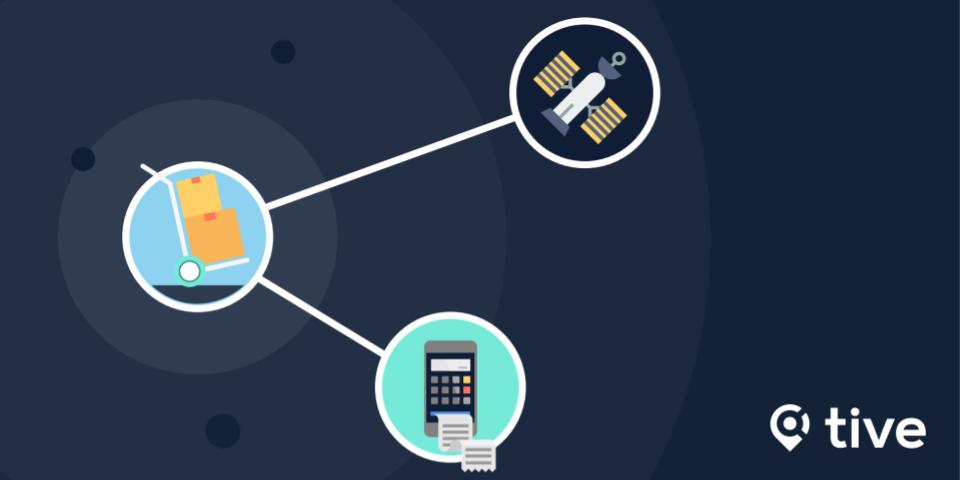Beyond Visibility: How to Build a Supply Chain That Thinks

July 17, 2017
July 8, 2025
x min read

It's no surprise that tech is changing supply chain, but it is a bit surprising how far apart the worlds of tech and supply chain can be. When we attend tech events, there's lots of talk of IOT backbones and new LPWAN formats that are replacing LTE, but when we hang out with supply chain people the talk is of problems with the MRP system and new EDP regulations and what the difference is between WMS and WES. As proof of my point, I'll bet that many of you reading this understood only the first part of my previous sentence, and many understood only the second part. (If you understood both please email me, we're hiring people like you.)
In an effort to try to bridge this gap, we've written a white paper on a topic that both sides of the divide seem invested in - "Beyond Visibility: How to Build a Supply Chain That Thinks".
"Beyond Visibility"
The idea and promise of "end to end visibility" has been discussed in supply chain circles for years. But today, the pieces are finally falling into place to make it a reality.
Today’s supply chains reach across the globe, and increasingly precise and persistent location data has enabled managers to run them lean, reducing waste and unnecessary inventory. After repeated hype cycles, end-to-end visibility has gone from simply a buzzword to an ever-elusive holy grail. But in 2017, a handful of technological advances have finally come together to make it possible for managers to track every component from its source to its arrival in the hands of the end consumer. More importantly, perhaps, the use cases are coming together that are making it easier for companies to see the benefit in sharing data up and down the extended supply chain.
We believe that today we are finally assembling the building blocks that make true end to end visibility possible, and the possibilities go well beyond just "knowing where your stuff is".
"Building a Supply Chain That Thinks"
While supply chain professionals have been looking for ways to link systems together, technologists have been building new and more powerful ways to collect and analyze data. We've gone from early experiments with Radio Frequency Identification (RFID) to an explosion of sensing and communications technologies.
In the last few years, the cost of RFID has come down, and its uses are more prevalent. But it’s not the only tracking technology filling gaps in supply chain visibility. In fact, more expensive technologies like GPS (U.S.), GLONASS (Russian), Galileo (European), and Cellular (like GSM, WCDMA, LTE, and others) are part of the picture, according to the EU A.T. Kearney/WHU Logistics Study from 2015. In addition, cellular devices and services have become cheaper and less power-hungry. The other technology making end-to-end supply chain a possibility is improvement in low-power cellular connectivity, enabling sensor measurements to be transmitted to the cloud in real-time from almost anywhere on the globe, while consuming very little battery power. This allows many supply chain managers to gain insights into stretches of the supply chain where they did not have any visibility, and pull impressive amounts of working capital out of in-transit inventory.
Putting It All Together
The white paper offers a new perspective on the challenges of managing a modern supply chain, and the advances that are making the next generation of supply chain visibility possible. In addition, we cover:
- New tools and technologies that are enabling end to end visibility
- How to build Lean and Six Sigma into a “Cognitive Supply Chain”
- How enterprises are turning the supply chain into data, and data into actionable insights
We hope that this white paper will help our supply chain readers better understand the technology trends affecting their jobs, and perhaps offer our technologist readers more insight into how supply chain practitioners are using the latest tools.
To learn more, download our white paper, Beyond Visibility: How to Build a Supply Chain That Thinks.


